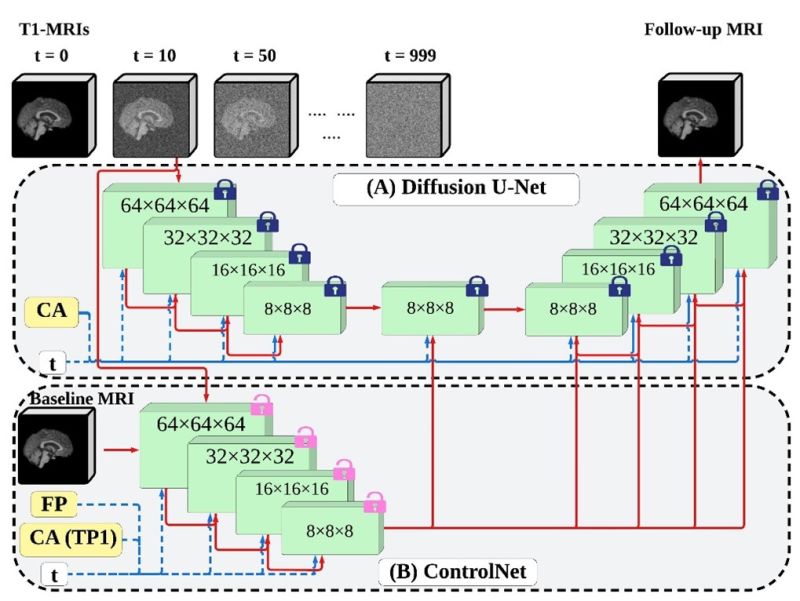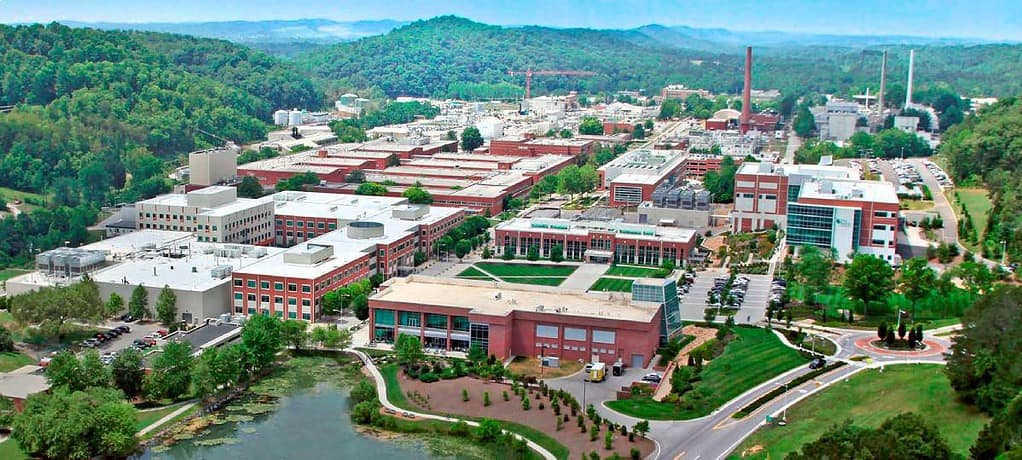Most high-performance computing clusters used by industry and universities can simulate upwards of a few thousand atoms. But the calculations use approximation techniques that group atoms together instead of calculating them individually. The technique is faster and far less computationally demanding, but it’s also less accurate and can introduce errors.
The research team was given a small allocation of time on Frontier via a Director’s Discretionary award to demonstrate the benefits of using a leadership-class supercomputer. Frontier is the world’s most powerful supercomputer for open science, with a peak performance of 2-exaflops per second, meaning it can perform more than a billion-billion calculations per second.
Using only a fraction of Frontier’s power, Sohail and Ghosh built a 5-million-atom model of carbon-fiber composites reinforced by PAN nanofibers. This model provided unprecedented molecular-level insights into the fundamental forces that bind the materials together.
To find the right fit, the team modeled PAN nanofibers with diameters that ranged between 6 and 10 nanometers by using the Large-scale Atomic/Molecular Massively Parallel Simulator, or LAMMPS. LAMMPS is a powerful, open-source code used for molecular dynamics simulations on supercomputers. It is widely used to model the behavior of atoms in materials such as metals, polymers and biomolecules and investigate how the materials respond to conditions such as stress, temperature and chemical changes over time.
The simulations showed that PAN nanofibers with a diameter of approximately 6 nanometers offered the best performance. The thinner fibers aligned more uniformly at the interface, thereby improving both mechanical strength and stress transfer from the carbon fiber to the polymer.
“Simulating materials with 5 million atoms would not have been possible without the power of Frontier,” Sohail said. “To our knowledge, this work is the first hierarchical, fully atomistic simulation of a complete bulk PAN nanofiber integrated within a polymer matrix without relying on any assumptions or simplified calculations.”
Building on the success of their simulations, Sohail and Ghosh plan to submit a proposal for additional time on Frontier through the Innovative and Novel Computational Impact on Theory and Experiment program. The allocation would allow them to harness more of the machine’s power to expand their research. They also plan to integrate artificial intelligence technology into their simulations to characterize a wider range of advanced composites with multifunctional properties that can be used to develop energy-efficient technologies.
“Ultimately, we’re trying to make materials not just stronger but smarter and more efficient,” Ghosh said. “Now, with a proven method for strengthening carbon fiber, we can apply it to a wide range of other materials that are vital for industry and manufacturing.”
In addition to Sohail and Ghosh, the ORNL research team includes Sumit Gupta, Marti Checa, Michael Toomey, Logan Kearney, Rajni Chahal, Sargun Singh Rohewal, Nihal Kanbargi, Liam Collins, David McConnell, Ilia N. Ivanov, Amit K. Naskar and Christopher Bowland.
ORNL houses Frontier at the Oak Ridge Leadership Computing Facility, a DOE Office of Science user facility.
Read more about this project: Nanofibers yield stronger, tougher carbon fiber composites
UT-Battelle manages ORNL for DOE’s Office of Science, the single largest supporter of basic research in the physical sciences in the United States. DOE’s Office of Science is working to address some of the most pressing challenges of our time. For more information, visit https://energy.gov/science.


